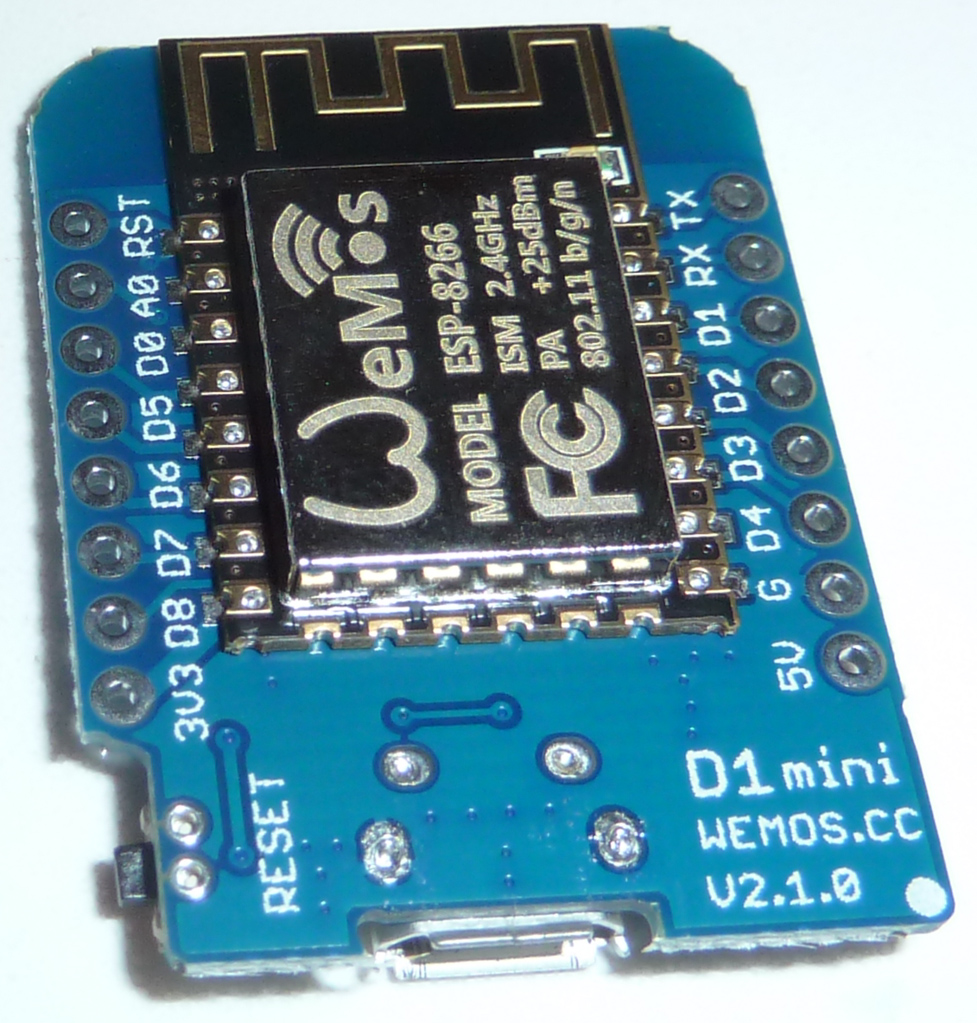💬 ESP-LINK ESP8266 WeMos D1 Mini Adapter Board
-
yeah, it has nice specs ;)
which board to order ? Mine :stuck_out_tongue_winking_eye:
I'm kidding, I don't really have idea on this. I made mine..and am waiting for different pcb variant now :)But I firstly ordered a Nano32 which I like. You can have pinheader on each side of the board when breadboarding. You can't with the official Espressif board which is too large.
There is lot of esp32 board released. But all have the first ic revision of course.@scalz said:
yeah, it has nice specs ;)
which board to order ? Mine :stuck_out_tongue_winking_eye:
I'm kidding, I don't really have idea on this. I made mine..and am waiting for different pcb variant now :)But I firstly ordered a Nano32 which I like. You can have pinheader on each side of the board when breadboarding. You can't with the official Espressif board which is too large.
There is lot of esp32 board released. But all have the first ic revision of course.Uh, "first ic revision"? I haven't followed esp32 at all, obviously. Was there later a second ic revision? i.e. are all the boards currently out there saddled with obsolete ic's?
-
yes Espressif has released an Errata doc, some issues related to silicon die ic. Minor issue, depending of doing what with it.
I read the fixed version should be available at beginning of next year. -
yes Espressif has released an Errata doc, some issues related to silicon die ic. Minor issue, depending of doing what with it.
I read the fixed version should be available at beginning of next year.@scalz
Thanks! , I see that the next revision of the silicon is scheduled for February 2017: http://esp32.de/eco_and_workarounds_for_bugs_in_esp32_en.pdf
I'm in no rush. I'll wait until it's deemed ready for prime-time. -
I've tested the board, and it works fine.
-
I added some photos of the lateset board version.
This project is now finished. :smile:
-
In case anyone is interested, I received my D1 Mini's directly from Wemos, and they are now marked directly on them as version 2.1.0:

-
In case anyone is interested, I received my D1 Mini's directly from Wemos, and they are now marked directly on them as version 2.1.0:

-
No. I've had more important things to do that took precedence. I think the lesson is: buy only direct from Wemos.
-
@NeverDie did you opened a dispute regarding your false wemos D1 V2 on aliexpress cause I have the same situation with the same seller.
Did you solve the issue ?
Thanks@fets it's easy to win the dispute in this case. Make side by side pictures of the board you received and the real wemos as advertised by the seller with title "real wemos" / "received from [seller name]" and put some big red arrows to point the differences.
In the text explain the differences and insist on cheaper esp8266 version with lower antenna performance. Explain you want full refund because the price of items is not worth the time and money to send them back.
The best is if you can make the seller admit in private message that he is not selling genuine boards but copies. Then screen capture of conversation is your quick ticket for full refund.
Should take you less than 15mns.Be careful about vicious sellers trying to make you cancel dispute withe empty promises, or proposal of resolution with nice comment talking about refund/resend but choice of solution in the list selected as "no resend, no refund" or "refund" with value 0$ :D
-
@fets it's easy to win the dispute in this case. Make side by side pictures of the board you received and the real wemos as advertised by the seller with title "real wemos" / "received from [seller name]" and put some big red arrows to point the differences.
In the text explain the differences and insist on cheaper esp8266 version with lower antenna performance. Explain you want full refund because the price of items is not worth the time and money to send them back.
The best is if you can make the seller admit in private message that he is not selling genuine boards but copies. Then screen capture of conversation is your quick ticket for full refund.
Should take you less than 15mns.Be careful about vicious sellers trying to make you cancel dispute withe empty promises, or proposal of resolution with nice comment talking about refund/resend but choice of solution in the list selected as "no resend, no refund" or "refund" with value 0$ :D
-
Hi @All I built a GW node with local sensors without radio from a WeMos D1 mini Pro and I have one issue with it.
It seems like it shuts down the WiFi part if there is no communication. If I constantly ping it it will keep working but if I leave it alone for 30min it will no longer respond to ping and my controllers have lost the connection. I see from the serial debug that it is still working and processing the code related to the local "sensor" but WiFi is dead.AVR Boards version 1.6.11
esp8266 version 2.3.0
MySensors Lib version 2.1.1 -
I think I found the problem. I think it misbehaved because of an illegal character in the "HOSTNAME". Changed the hostname yesterday and It was still alive this morning even if I have not pinged it.
